Editor's note: 50 years ago, the Vietnamese people wrote a glorious and brilliant page of history with the great victory of Spring 1975. It was a triumph of patriotism, indomitable will, aspiration for independence and national unification, and a united country.
Half a century has passed, the country has continuously grown strongly, from the ashes of war to great strides on the world map.
To better depict these miracles, Dan Tri newspaper respectfully presents to our readers a series of articles about the country's achievements over the past 50 years, to look back on the past journey, pay tribute to the great contributions and arouse the nation's strong aspirations for the journey ahead.
Fastest growth in the region
The past half century has been a challenging journey, but Vietnam has achieved impressive economic achievements, especially since the implementation of the Doi Moi policy in 1986.
In 2024, Vietnam's gross domestic product (GDP) growth rate will reach 7.09% compared to the previous year, among the few countries with high growth rates in the region and the world. The GDP scale of the economy will reach more than 11,500 billion VND, more than 476 billion USD.
The macro economy continues to be stable, inflation is controlled below 4%, major balances are guaranteed and there is a surplus. The average income of Vietnamese people has also increased significantly.
The economic structure has shifted positively, with digital economy and green economy playing an increasingly important role. Major sectors have grown, with industry recovering positively and becoming an important driving force for growth.
Notably, Vietnam is among the 15 developing countries attracting the largest FDI in the world, with total registered capital reaching over 38 billion USD as of December 31, 2024. Foreign capital flows have created a strong driving force for the country's economy.
This year, the Government aims to achieve GDP growth of 8% or more, associated with maintaining macroeconomic stability, controlling inflation, ensuring major economic balances; harmoniously developing the economy with society and protecting the environment, ensuring national defense and security; creating the premise for higher growth in the following years.
The GDP scale in 2025 will reach over 500 billion USD, GDP per capita will be over 5,000 USD. The average consumer price index (CPI) growth rate will be about 4.5-5%. The whole country will also focus resources on completing a series of public investment projects such as Long Thanh International Airport, ports in Lach Huyen area, putting into operation Tan Son Nhat T3 and Noi Bai T2 terminals; starting construction of Lien Chieu port...
Dr. Ngo Minh Vu - Lecturer at Ho Chi Minh City University of Economics (UEH) - commented that economic growth has always been a highlight in Vietnam's development journey.
During the period 1990-2006, the average GDP growth rate reached about 6.5-7%/year - an impressive figure compared to the general level of the region and the world. Per capita income has increased from less than 200 USD in the early years of Doi Moi to more than 4,500 USD today, bringing Vietnam from the group of low-income countries to the group of middle-income countries.
Along with that, the achievement of hunger eradication and poverty reduction has been recognized by the international community. The national poverty rate has dropped sharply from about 60% (in the 1980s) to just under 4% in 2023. This improvement has occurred on a large scale, reflecting the inclusiveness of development policies, in which the benefits of economic growth are spread relatively evenly throughout society.
Progress in social sectors has also contributed to creating a solid foundation for sustainable development. Vietnam has now achieved universal primary and secondary education and has the second highest school attendance rate in Southeast Asia, after Singapore.
Life expectancy has increased from around 70 years in the 1990s to over 75 years today – significantly above the global average. Gender equality is also a bright spot, with women’s labor force participation at around 70%, far exceeding many developed countries.
Sharing the same view, Associate Professor Dr. Nguyen Huu Huan - Lecturer at Ho Chi Minh City University of Economics (UEH) - commented that Vietnam has successfully transformed its economic structure from agriculture to industry and services, while improving its position in the international arena through steady progress in economy, culture and society.
"Not only have people's lives improved significantly, but the country's image and reputation have also been increasingly strengthened," Mr. Huan emphasized.
Flagpole on top of Fansipan (Photo: Sun World Fansipan Legend).
Dr. Chau Dinh Linh - Lecturer at the University of Finance and Banking in Ho Chi Minh City - commented that the transition from a centrally planned economy to a socialist-oriented market economy model is a decisive turning point. Vietnam not only acknowledges the role of the market, but also effectively performs the role of regulating and allocating State resources, creating a favorable environment for business entities to develop.
One of the most noticeable achievements is the growth of GDP and per capita income. From a country with a low starting point and a period of food shortage, Vietnam is now the world's leading exporter of many agricultural products such as rice, coffee, pepper, cashews... and is rising in the automobile industry, high technology and renewable energy.
Development does not stop at economic indicators. Positive changes in infrastructure, education, health care and social security have significantly improved people's quality of life. Electricity, clean water, health stations and schools have been expanded to remote areas. Free tuition for high school students and a roadmap for free basic health care for all people are gradually realizing the goal of inclusive development.
With stable and high growth (average 7-8%/year), Vietnam has made its mark as an attractive destination for foreign direct investment (FDI). Priority sectors such as supporting industries, semiconductor technology, and clean energy are attracting more and more global investors.
An economic picture cannot be without the role of enterprises. The private economic sector is increasingly asserting its position as the main driving force of growth, with more than 900,000 enterprises in operation, along with millions of individual business households. Many private corporations have reached regional and global levels in the fields of industry, technology, logistics, aviation, finance - typically: Vingroup, Thaco, FPT, Vietjet, Masan...
The state-owned enterprise sector - although accounting for less than 700 units - still holds key sectors such as energy, infrastructure, finance and contributes to more than 50% of the total assets of enterprises nationwide. With big names such as EVN, PVN, Viettel..., this sector continues to play a key role in ensuring macroeconomic stability and national energy security.
In addition, Dr. Chau Dinh Linh also pointed out that the economic restructuring from agriculture to industry, services, and now digital economy, green economy, has opened up new development space. Vietnam is aiming to become a high-tech manufacturing center in the region, while pursuing a green, sustainable, and inclusive growth strategy.
One of the biggest bright spots in Vietnam’s economy is the sustainable development of the agricultural sector. With constantly increasing output and export value, Vietnam is now among the top 15 agricultural exporting countries in the world, with an annual turnover exceeding 50 billion USD.
Many key agricultural products such as rice, coffee, cashew nuts, pepper and seafood have occupied an important market share in the international market. Along with that, promoting official exports to major markets, especially China, has opened up great opportunities for Vietnamese agricultural products to participate more deeply in the global value chain, ensuring sustainability in exports and improving product quality.
Along with agriculture, industry and technology have been clearly defined in the national development strategy. Although Vietnam is behind in the modern industrialization process, with a stable socio-political foundation, strategic geo-economic position, abundant young labor force and continuously high growth rate, the country is strongly attracting multinational corporations to shift their supply chains.
In the new global trend, Vietnam is expected to become a new manufacturing center, especially in areas such as electric car manufacturing, semiconductor technology, information technology and other high-tech industries. These will be key industries to help Vietnam overcome the middle-income trap, creating the foundation for a self-reliant and modern economy.
If this growth momentum is maintained, by the end of 2025, Vietnam's GDP could reach 506 billion USD, making our country the 3rd largest economy in Southeast Asia. Key factors contributing to growth include boosting public investment, recovering domestic consumption, expanding exports and effectively attracting foreign direct investment (FDI).
New opportunities for Vietnam
In the context of the world economy strongly shifting to digital model and innovation, Vietnam is facing new opportunities. According to Dr. Ngo Minh Vu, the economy needs to move beyond the growth model based on cheap labor and simple production to move to knowledge economy, high technology and digital economy. The advantage comes from an increasingly complete education system, a rapidly growing middle class, and a potential domestic market.
In particular, the establishment of financial centers in Ho Chi Minh City and Da Nang is expected to create an important boost to help Vietnam integrate more deeply into the global value chain. This is not only a financial infrastructure, but also a center for gathering high-quality human resources and promoting investment capital flows for innovation.
However, in the new development stage, Vietnam also needs to face and solve long-term challenges. The gap between rich and poor shows signs of increasing in the context of an increasingly expanding market mechanism. Mr. Vu warned that without timely regulatory measures, inequality could cause many consequences for society and weaken the driving force for sustainable development.
In addition, the impact of climate change is an issue that cannot be ignored. Vietnam is among the 10 countries most vulnerable to rising sea levels and extreme weather. Increasing investment in renewable energy, building green urban systems and promoting high-tech agriculture are considered urgent solutions.
Mr. Vu believes that with the foundation built over the past 50 years, along with the transformation of institutions, people and technology, Vietnam is facing a great opportunity to enter a new stage of development - more efficient, more sustainable and more creative. The success of the road ahead depends not only on growth indicators, but also on the ability to ensure fairness, inclusiveness and flexible adaptation to global changes.
Nhieu Loc - Thi Nghe Canal (Photo: Phuong Nhi).
According to Associate Professor Dr. Nguyen Huu Huan, Vietnam is entering a new stage of development - the era of rising up. This is the time for the country to continue to participate more deeply in the global value chain, aiming to become a high-income country by 2045. This means that it is necessary to strongly shift from a growth model based on cheap labor to a model based on innovation and mastery of core technology.
Technology will play a key role in the future economy. Accordingly, Vietnam needs to invest heavily in advanced technology fields such as AI, blockchain, quantum computing, new materials technology and robotics.
However, instead of focusing only on the "top" such as applications, Mr. Huan emphasized the importance of developing the "root" - basic research, especially semiconductor manufacturing capacity, rare earth mining and quantum science.
In addition, to avoid falling into the middle-income trap, Vietnam also needs to quickly improve its internal capacity and limit its dependence on the FDI sector. Increasing the role of domestic enterprises, promoting linkages and technology transfer with foreign corporations will be key steps to create a new generation of enterprises in Vietnam - mastering technology, products and markets.
Dr. Chau Dinh Linh proposed a strategic orientation for national development revolving around the following directions: National culture - Policy reform - Green growth - Private enterprises - State-owned enterprise reform - Selective FDI capital sources.
Accordingly, to develop sustainably and become a developed country by 2045, Vietnam needs to build a system of national values - also known as "national culture". This is the guideline for all development strategies, helping to establish vision, mission and core values, thereby creating consensus in society and consistency in actions of all levels and sectors.
Experts suggest Vietnam move towards sustainable development (Illustration: Trinh Nguyen).
Along with that is the reform of macro policies, aiming to build a transparent, efficient and stable investment and business environment. Policies need to encourage innovation, promote digital transformation, green transformation and increase labor productivity, thereby creating room for sustainable and inclusive growth.
Private enterprises need to be identified as a central pillar in the national economic development strategy. The startup and innovation ecosystem needs to be properly invested in, helping private enterprises to grow and compete equally with the FDI sector and state-owned enterprises.
For state-owned enterprises, it is necessary to carry out strong reforms to improve operational efficiency, focusing on key areas where the private sector cannot participate. Meanwhile, attracting FDI also needs to be selective, prioritizing high-tech, environmentally friendly projects that have the ability to link with domestic enterprises.
According to Dr. Ngo Minh Vu, the economy needs to move beyond a growth model based on cheap labor and simple production to a knowledge-based, high-tech and digital economy. The advantage comes from an increasingly complete education system, a rapidly growing middle class, and a potential domestic market.
In particular, the establishment of financial centers in Ho Chi Minh City and Da Nang is expected to be an important boost to help Vietnam integrate more deeply into the global value chain. This is not only a financial infrastructure, but also a center for gathering high-quality human resources and promoting investment capital flows for innovation.
However, in the new development stage, Vietnam also needs to face and solve long-term challenges. The gap between rich and poor shows signs of increasing in the context of an increasingly expanding market mechanism. Mr. Vu warned that without timely regulatory measures, inequality could cause many consequences for society and weaken the driving force for sustainable development.
In addition, the impact of climate change is an issue that cannot be ignored. Vietnam is among the 10 countries most vulnerable to rising sea levels and extreme weather. Increasing investment in renewable energy, building green urban systems and promoting high-tech agriculture are considered urgent solutions.
Sharing the same view, Dr. Architect Ngo Viet Nam Son said that the most important issue today is sustainable development, which means development coupled with environmental protection and the protection of planning, architectural and cultural identity. If sustainable development is not possible, the country will have to pay a very high price to correct its mistakes.
At the same time, the country is entering the century of information technology and globalization. Therefore, Mr. Son believes that we need a digital technology ecosystem, digital infrastructure, and the development of multi-sectoral cooperation thinking. The government is starting to move towards multi-sectoral cooperation, through streamlining and merging the apparatus. That is the world trend, multi-sectoral cooperation on a digital ecosystem is more effective.
Finally, Mr. Son hopes to evoke the Vietnamese dream, how to get the whole society to cooperate towards a common goal. He gives the example of the goal of settling down, having a house to live in, having a job to do, convenient social infrastructure (schools for children, hospitals for the elderly, commercial services for young couples).
The architect emphasized the dream of settling down and developing the country to become richer, with double-digit growth in the next decade, and people overcoming the middle-income trap...
Dantri.com.vn
Source: https://dantri.com.vn/kinh-doanh/viet-tiep-giac-mo-hoa-rong-sau-50-nam-thong-nhat-20250426120822941.htm


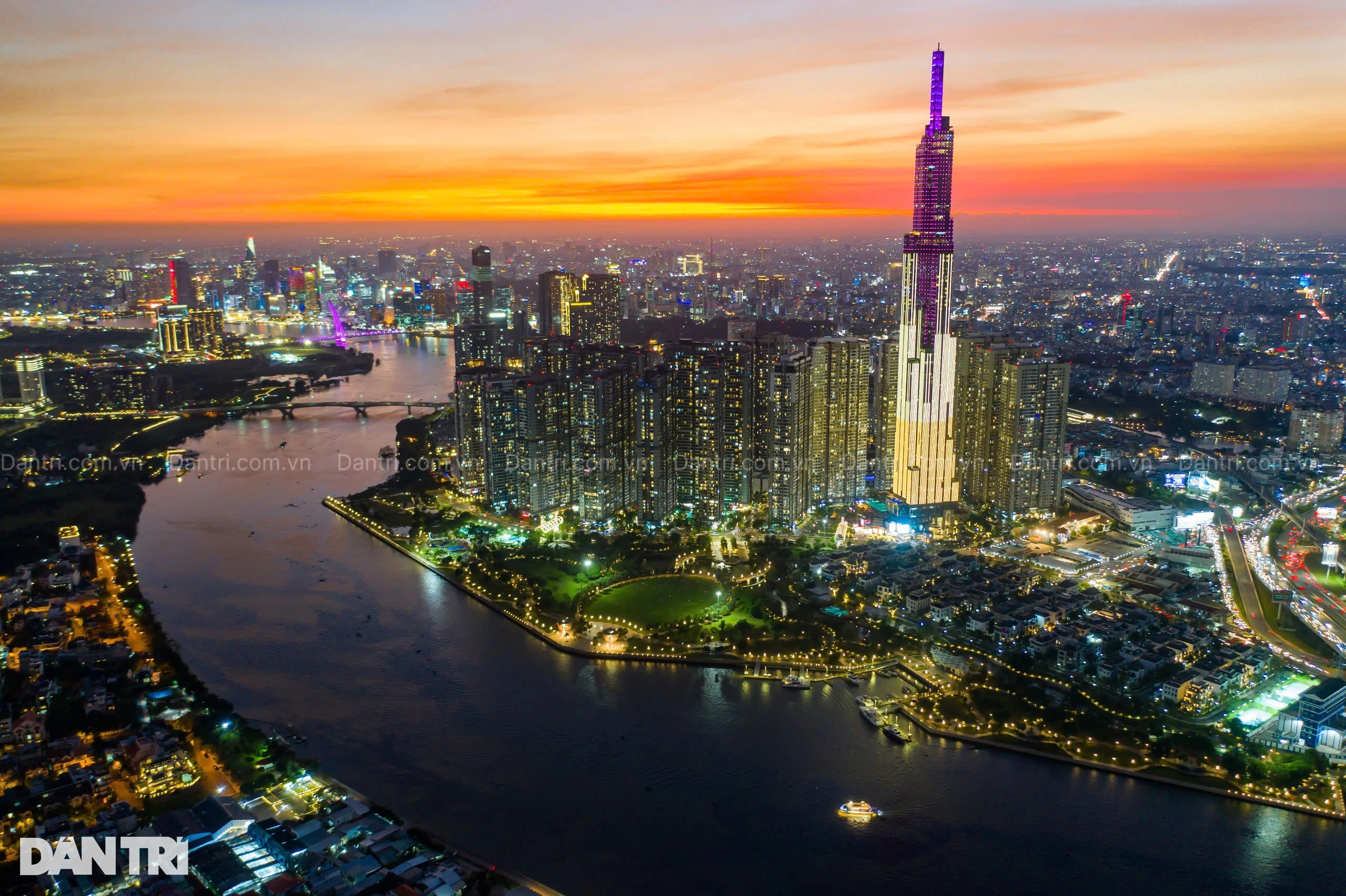
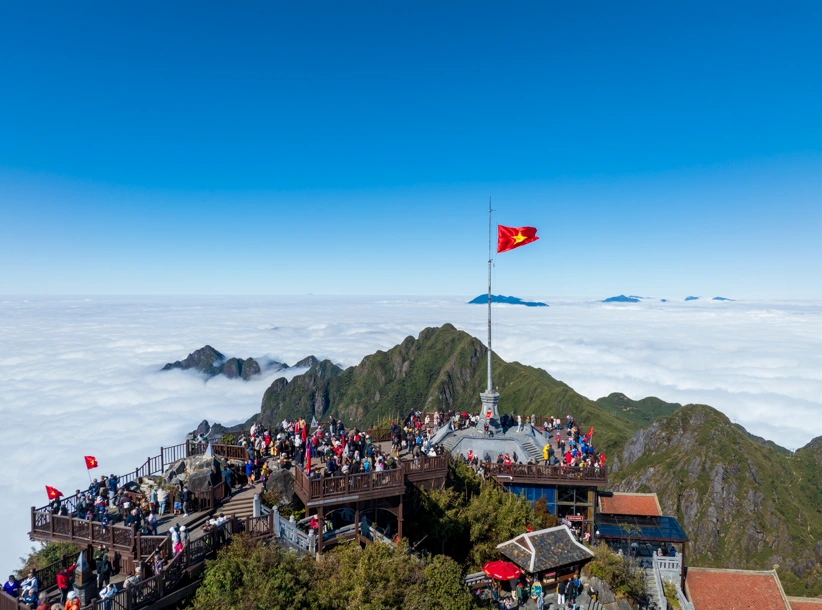
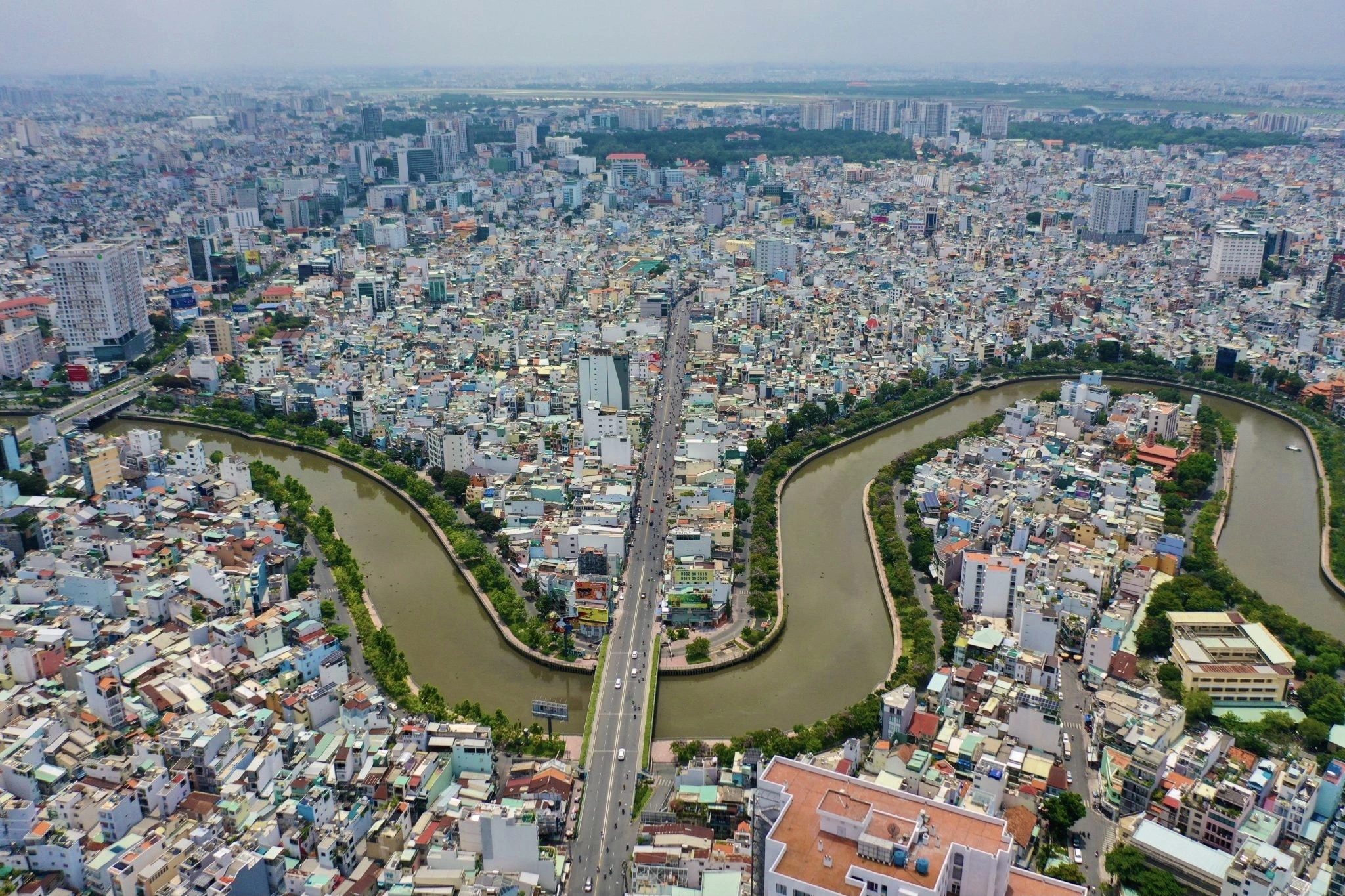

![[Photo] Nghe An: Bustling atmosphere celebrating the 50th anniversary of Southern Liberation and National Reunification Day](https://vphoto.vietnam.vn/thumb/1200x675/vietnam/resource/IMAGE/2025/4/29/64f2981da7bb4b0eb1940aa64034e6a7)
![[Photo] Ho Chi Minh City: People are willing to stay up all night to watch the parade](https://vphoto.vietnam.vn/thumb/1200x675/vietnam/resource/IMAGE/2025/4/29/cf71fdfd4d814022ac35377a7f34dfd1)
![[Photo] Prime Minister Pham Minh Chinh meets to prepare for negotiations with the United States](https://vphoto.vietnam.vn/thumb/1200x675/vietnam/resource/IMAGE/2025/4/29/76e3106b9a114f37a2905bc41df55f48)
![[Photo] General Secretary attends special art program "Spring of Unification"](https://vphoto.vietnam.vn/thumb/1200x675/vietnam/resource/IMAGE/2025/4/29/e90c8902ae5c4958b79e26b20700a980)
![[Photo] Hanoi is brightly decorated to celebrate the 50th anniversary of National Reunification Day](https://vphoto.vietnam.vn/thumb/1200x675/vietnam/resource/IMAGE/2025/4/29/ad75eff9e4e14ac2af4e6636843a6b53)
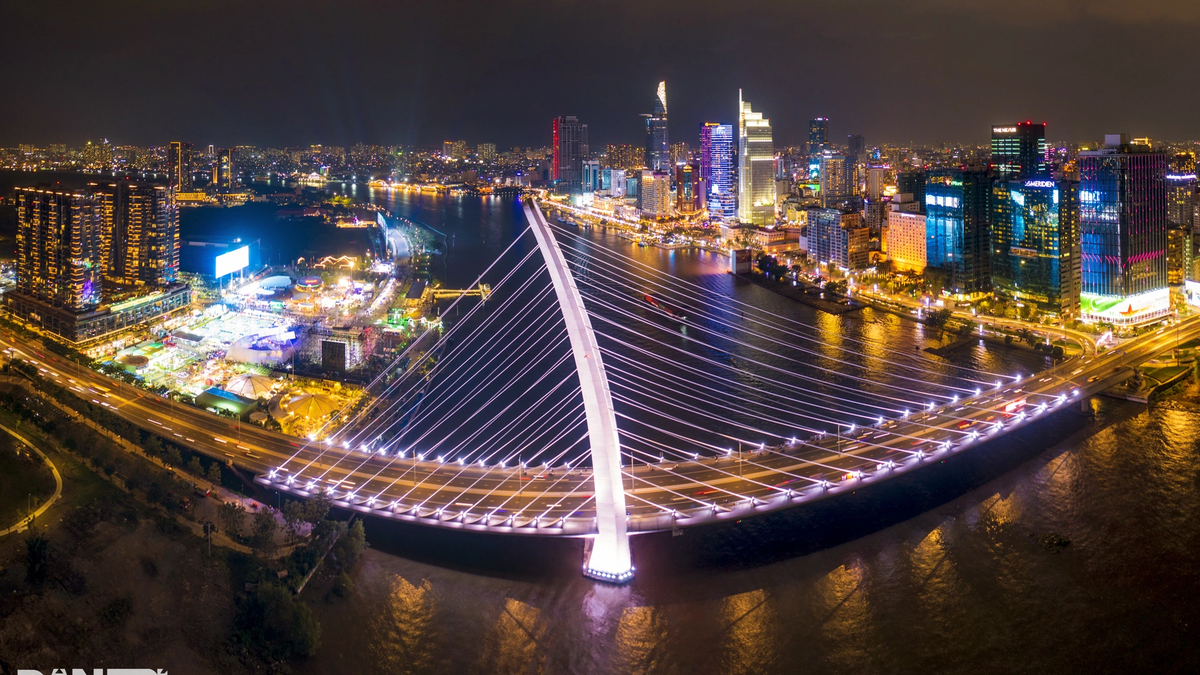
![[UPDATE] HCMC center before the April 30 parade: 'Only 9 hours left, will sleep sitting on the sidewalk'](https://vphoto.vietnam.vn/thumb/402x226/vietnam/resource/IMAGE/2025/4/29/0ff4e37fa63944889296bf9b9343939d)









![[Photo] Ho Chi Minh City: People are willing to stay up all night to watch the parade](https://vphoto.vietnam.vn/thumb/402x226/vietnam/resource/IMAGE/2025/4/29/cf71fdfd4d814022ac35377a7f34dfd1)
![[Photo] General Secretary attends special art program "Spring of Unification"](https://vphoto.vietnam.vn/thumb/402x226/vietnam/resource/IMAGE/2025/4/29/e90c8902ae5c4958b79e26b20700a980)
![[Photo] Hanoi is brightly decorated to celebrate the 50th anniversary of National Reunification Day](https://vphoto.vietnam.vn/thumb/402x226/vietnam/resource/IMAGE/2025/4/29/ad75eff9e4e14ac2af4e6636843a6b53)
![[Photo] Nghe An: Bustling atmosphere celebrating the 50th anniversary of Southern Liberation and National Reunification Day](https://vphoto.vietnam.vn/thumb/402x226/vietnam/resource/IMAGE/2025/4/29/64f2981da7bb4b0eb1940aa64034e6a7)
![[Photo] Prime Minister Pham Minh Chinh meets to prepare for negotiations with the United States](https://vphoto.vietnam.vn/thumb/402x226/vietnam/resource/IMAGE/2025/4/29/76e3106b9a114f37a2905bc41df55f48)
![[Photo] People choose places to watch the parade from noon on April 29](https://vphoto.vietnam.vn/thumb/402x226/vietnam/resource/IMAGE/2025/4/29/3f7525d7a7154d839ff9154db2ecbb1b)










![[Photo] People choose places to watch the parade from noon on April 29](https://vphoto.vietnam.vn/thumb/1200x675/vietnam/resource/IMAGE/2025/4/29/3f7525d7a7154d839ff9154db2ecbb1b)






























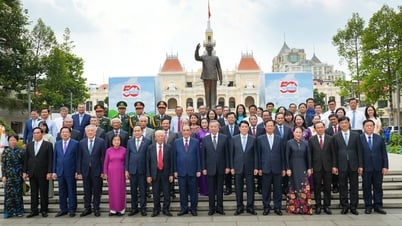













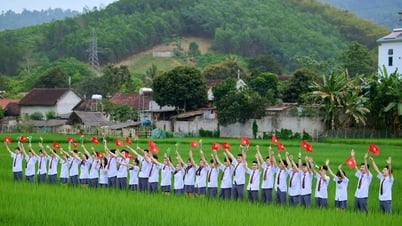
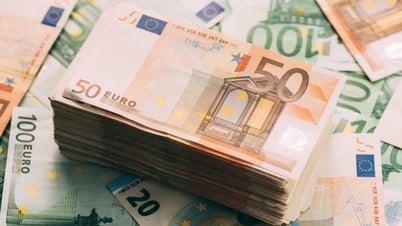

















Comment (0)